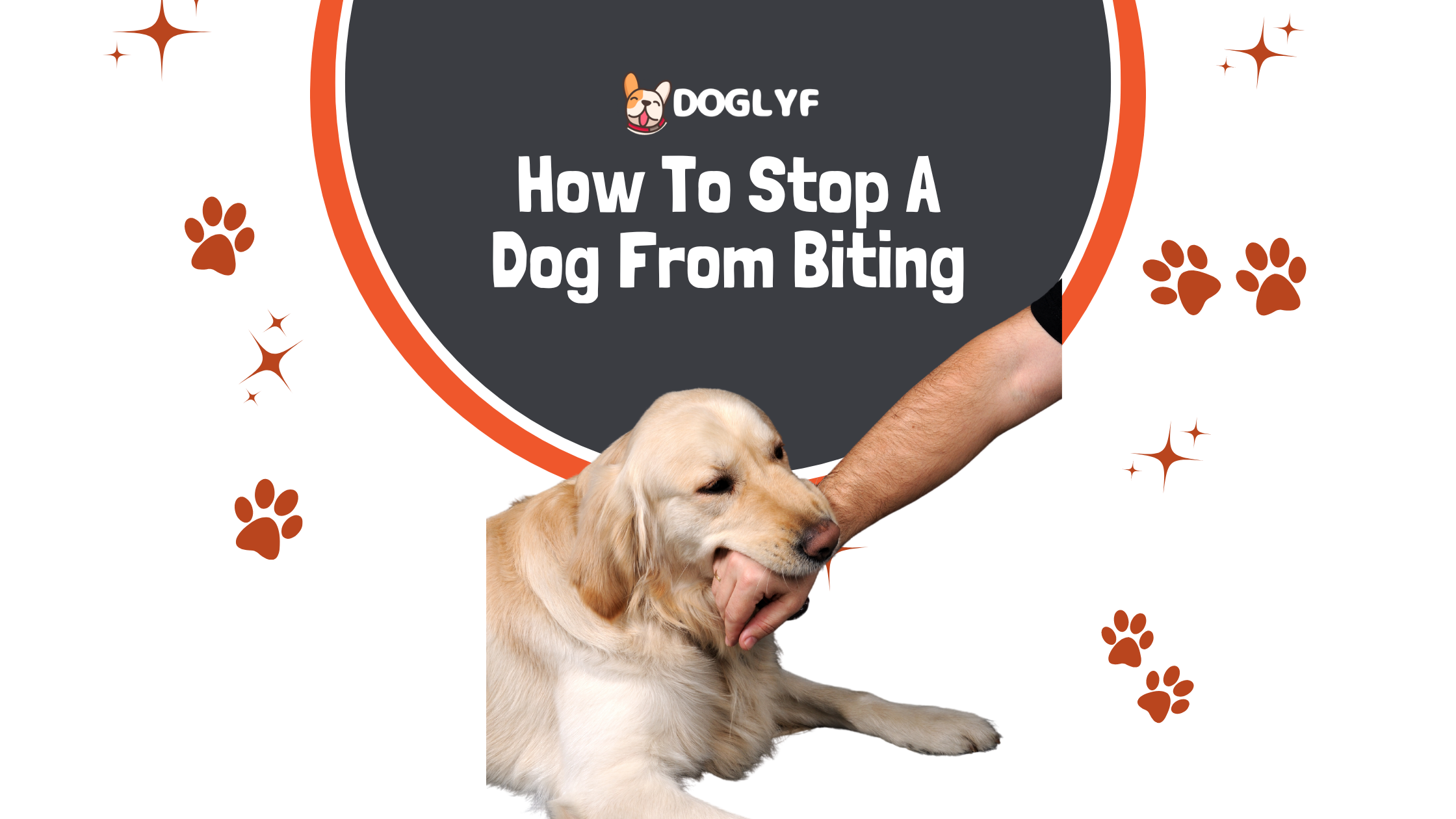This post may contain affiliate links. For more information about my affiliate disclosure, please click here
Hi there, fellow dog lovers! My name is Mithaus, and I am a dog behaviour consultant who holds certification from the Certification Council for Professional Dog Trainers (CPDT-KA®) in the United States.
One of the most common issues pet parents come to me with is how to stop their furry friend from biting. As much as we love our dogs, aggressive behaviour can be dangerous and scary for humans and other animals. Luckily, there are several effective methods for curbing this unwanted behaviour.
Firstly, it’s essential to understand why your dog may be exhibiting these behaviours to address them adequately. Dogs may bite out of fear, anxiety, or even excitement. They may also have learned negative habits through improper training or socialization.
Whatever the reason, it’s crucial to approach the situation calmly and without aggression towards the dog. With patience and consistency, you can help your pup overcome its biting tendencies and foster a safe and happy environment for everyone involved.
- On-Demand Videos
- 24/7 Support
- Improves Dog’s Mental Health
- Improves Dog’s Mental Illness
- Dog Training Tricks and Games to Improve Dog’s Response
- In-depth Video Training
- Available on All Devices
- Includes One Time Fee
Table of Contents
Causes Of Dog Biting
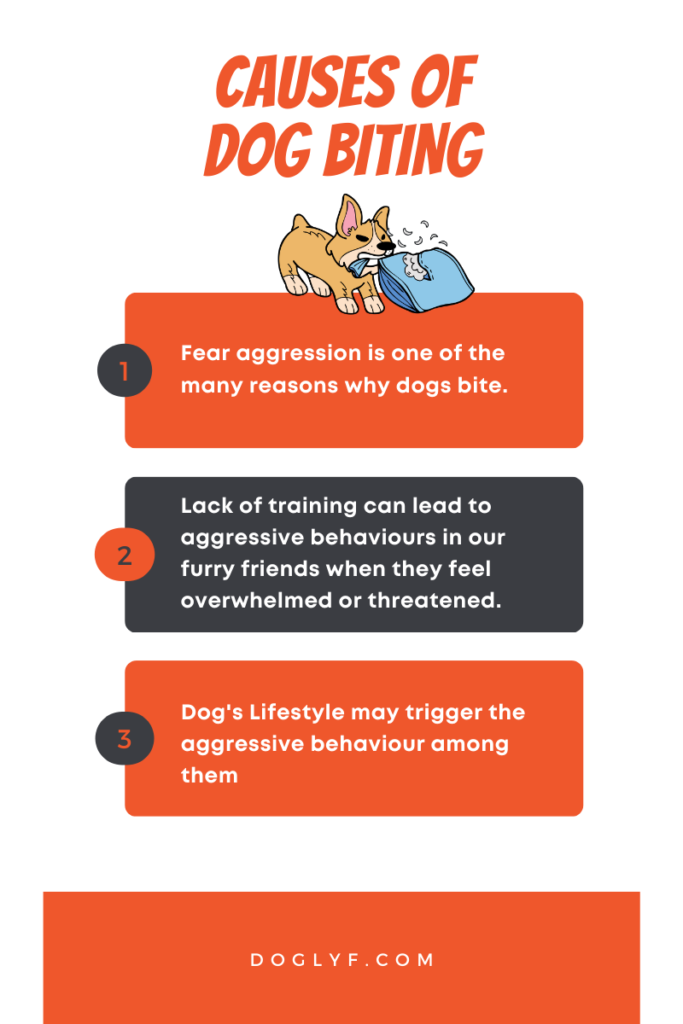
I often see fear aggression in dogs that have been mistreated or not correctly socialized.
Lack of training can also lead to biting, so make sure your pup has the correct commands and is well-behaved.
Territorial behaviour is another common cause of biting, so be sure to provide your pup with particular areas away from guests and other animals.
Finally, if your pup is in pain, it may bite out of fear or confusion, so take them to the vet if they start exhibiting unusual behaviour.
Fear Aggression

Have you ever experienced a situation where your furry friend bit someone out of fear? Fear aggression is one of the many reasons why dogs bite. It can be a scary experience for the dog and its owner, but it’s essential to understand that this behaviour can be modified with proper training techniques.
- Fear aggression happens when a dog feels threatened or scared in a particular situation. This reaction leads them to show aggressive behaviours towards humans or other animals. Some common signs include growling, snarling, barking, showing teeth, and biting.
As an experienced dog behaviour consultant, I’ve found that positive reinforcement training can help prevent fearful reactions from escalating into aggressive behavior.
Training begins with identifying triggers that cause fear in your pet. Once identified, we work on desensitizing them to those triggers using positive reinforcement techniques such as treats and praise.
These methods create trust between the owner and their pet while decreasing any negative associations they may have had previously.
With consistent practice, fear-based aggression can eventually become less pronounced until it disappears altogether.
In conclusion, preventing fear aggression requires patience and consistency from owners during training sessions with their pets. The key is to provide positive reinforcement throughout the process to encourage good behaviors instead of punishing bad ones.
By doing so, we can successfully modify our furry friends’ responses to potential threats without resorting to harsh tactics that could harm our beloved companions’ emotional well-being.
Lack Of Training
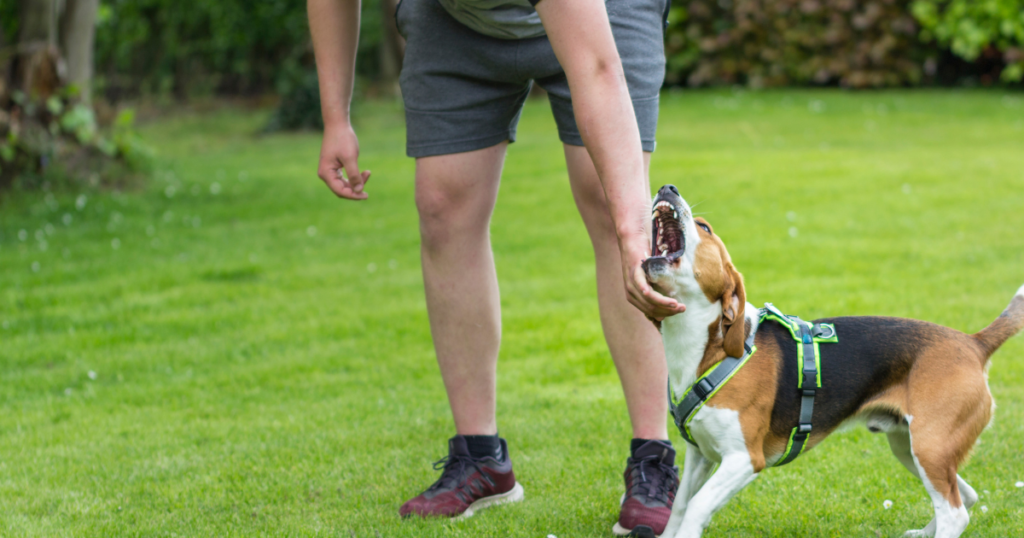
Now that we’ve discussed fear-based aggression let’s move on to another significant cause of dog biting – lack of training.
As a dog behaviour consultant, I often encounter cases where dogs have not received basic obedience training or proper socialization. This lack of training can lead to aggressive behaviours in our furry friends when they feel overwhelmed or threatened.
- Owners must understand that their pets require consistent and structured training to effectively learn appropriate behaviours and commands. Without this guidance, dogs may bite to communicate their discomfort or anxiety in certain situations.
Positive reinforcement techniques are essential for modifying undesirable behaviours caused by the absence of training. These methods aim to encourage good deeds and discourage bad ones through rewards such as treats and praise.
Using these behaviour modification techniques, owners can teach their pets acceptable responses in various scenarios while building trust.
Basic obedience training is vital for preventing unwanted actions like biting from developing into harmful habits for your pet. It helps establish clear communication between owner and dog, which leads to better control over your furry friend during potentially stressful situations.
Consistency is key when it comes to practising basic obedience commands with your canine companion; regular practice ensures that they develop the necessary skills needed to behave appropriately in different circumstances.
By prioritizing adequate training right from puppyhood or adopting an older dog, you can prevent future issues related to aggressiveness towards people or other animals.
Remember always to use positive reinforcement techniques while avoiding harsh punishments so that your beloved pet remains emotionally healthy throughout their development process!
Understanding Your Dog’s Behaviour
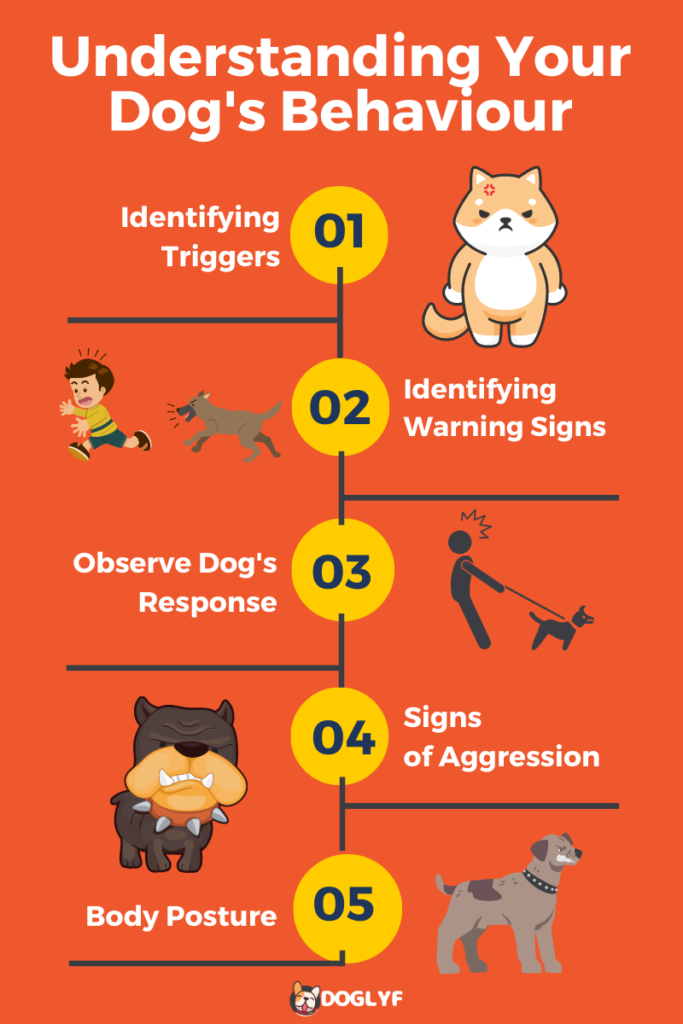
First, it’s essential to identify what triggers your dog’s biting behaviour. By understanding what sets them off, you can better manage it.
Next, look for warning signs that your pup is getting ready to bite. Knowing these can help you stop them before they do.
I’m here to help you identify both the triggers and warning signs, so we can help reduce your dog’s biting. We can ensure your pup is safe, comfortable, and happy.
Identifying Triggers

Are you tired of your furry friend’s aggressive behavior towards you or others?
Have their biting tendencies caused harm and made socializing difficult?
Identifying triggers is the first step in understanding your dog’s behaviours and developing appropriate training techniques.
As a dog behaviour consultant, I have seen many cases where dogs bite due to fear, territorial instincts, pain, or lack of socialization.
- Teeth are one of the most powerful tools that dogs possess. However, they can also be dangerous if not controlled properly. It is crucial to observe your dog’s response during certain situations that may cause them to react aggressively.
For example, some signs of aggression include barking excessively, growling, showing teeth, stiff body posture, and lunging forward. By recognizing these signs early on, you can prevent any potential harm from occurring.
Training techniques play an essential role in stopping biting behavior. Once you understand the reasons behind your dog’s aggression, it becomes easier to develop strategies that work best for them.
Positive reinforcement methods such as rewarding good behavior and redirecting negative actions can help control aggression over time. Remember always to seek professional advice when dealing with severe behavioral issues because every case is unique!
Identifying Warning Signs

Are you struggling with your dog’s biting tendencies and aggressive behavior?
As an animal behaviour consultant, I understand how challenging it can be to deal with these issues.
One of the essential aspects of understanding your dog’s behavior is identifying warning signs that indicate they may become aggressive.
Some common warning signs include growling, showing teeth, barking excessively, stiff body posture, and lunging forward. If you notice any of these behaviors in your furry friend, it is vital to take immediate action to prevent harm from occurring.
Behaviour modification techniques such as positive reinforcement training and redirecting negative actions can help control aggression over time.
As a dog owner, basic control tasks such as teaching commands like ‘sit,’ ‘stay,’ and ‘come’ are crucial for preventing biting tendencies. Additionally, incorporating bite prevention tips into your routine can go a long way towards creating a safer environment for both you and your pet.
Always remember to seek professional advice when dealing with severe behavioral issues because every case is unique!
How To Stop A Dog From Biting Using Effective Training Techniques
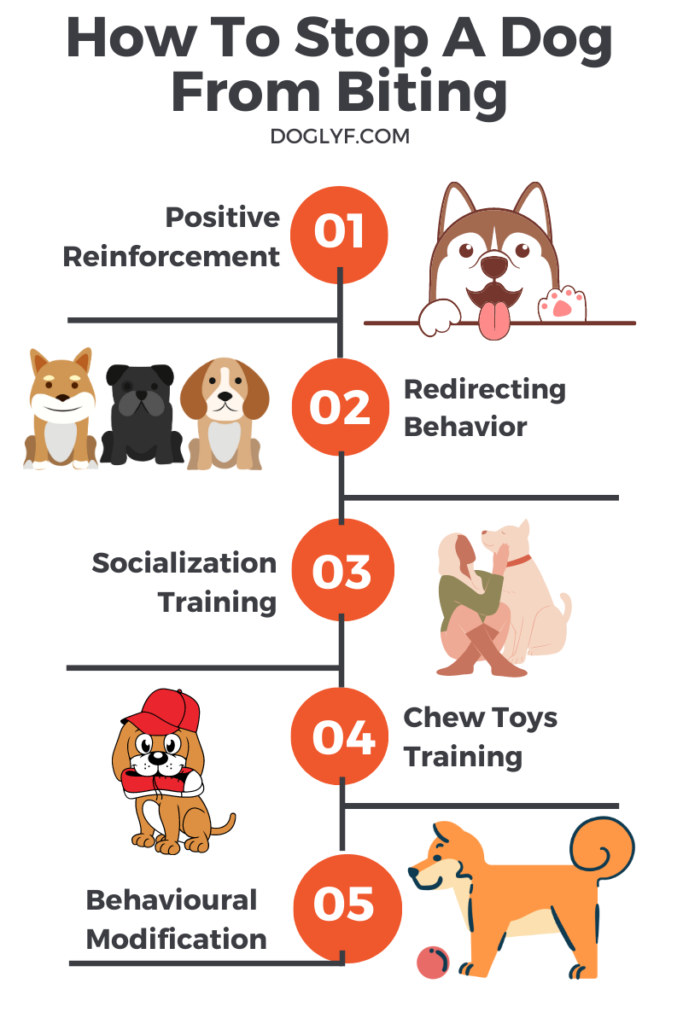
Positive reinforcement is an essential tool for training – it encourages dogs to continue to perform behaviors that are pleasing and rewarding. I always emphasize the importance of praising your pup and offering treats when they demonstrate the desired behavior.
Redirecting behavior is a great way to stop a dog from biting – by teaching them to focus their energy in an appropriate manner, you can help them learn to control their behavior.
Socialization training is also important when it comes to stopping a dog from biting – by exposing them to different people and environments, they’ll be more comfortable in all kinds of situations. I always suggest taking your pup to the dog park to help them learn how to interact with other dogs.
With the right tools and techniques, you can help your pup learn how to behave in the way you want.
Positive Reinforcement
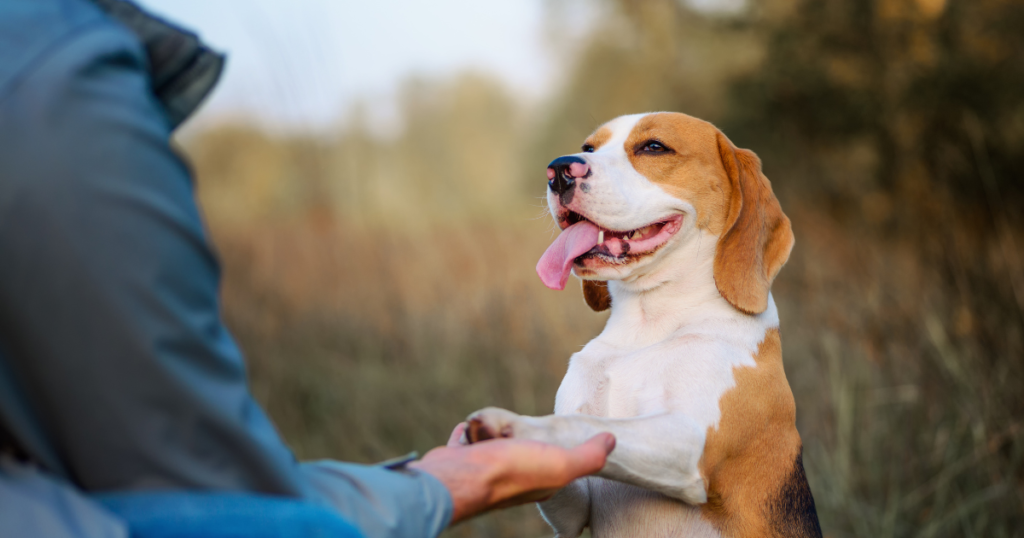
As a qualified professional in dog behavior consulting, I have seen firsthand the positive impact of using positive reinforcement to train dogs. In essence, it involves rewarding desirable behaviors while ignoring or redirecting undesirable ones. When it comes to stopping biting behavior, this is particularly important as bite inhibition is crucial for any well-trained dog.
One effective training exercise that utilizes positive reinforcement is teaching your dog alternative behaviors when they feel like biting. For instance, you could give them chew toys when they start feeling anxious or offer treats whenever they exhibit calm and relaxed behavior around strangers. This way, your furry friend learns that there are better ways to communicate their needs without resorting to aggression.
Ultimately, behavioral modification strategies based on positive reinforcement provide a more humane and long-term solution to stop biting than punishment-based techniques. By encouraging good habits through rewards such as praise and playtime with their favorite toy instead of punishing negative ones, you can successfully teach your dog how to behave appropriately in different situations.
Remember always to seek out guidance from a qualified professional for personalized advice on how best to use these methods with your pet!
Redirecting Behavior
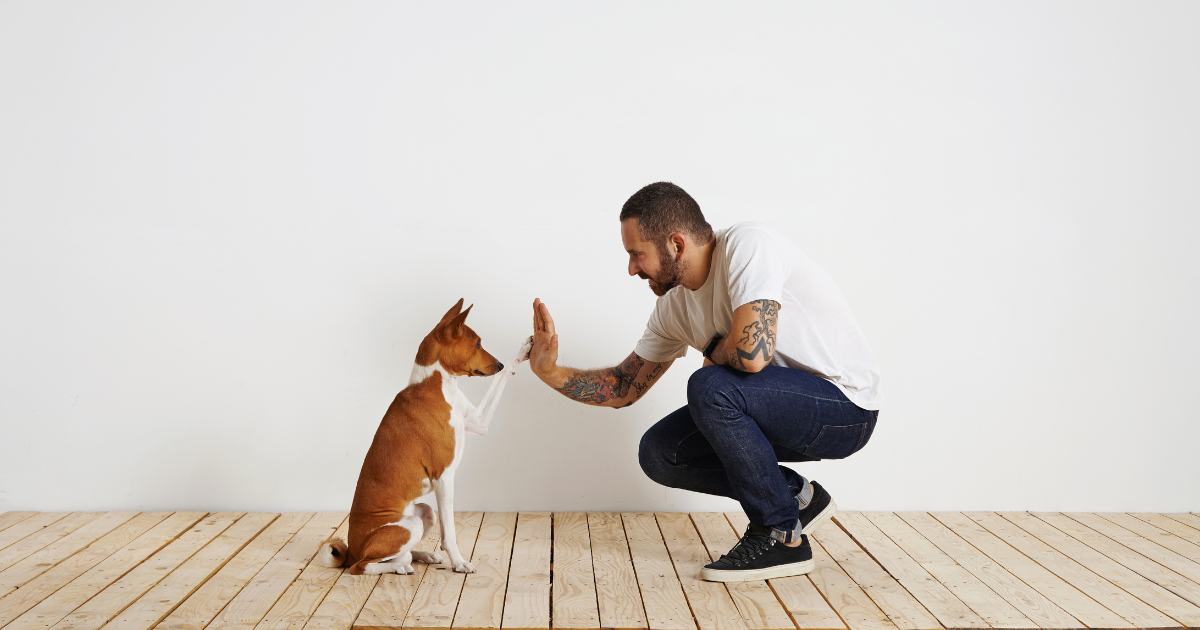
As a dog behavior consultant, I have encountered many pet owners who seek my guidance to stop their dogs from biting. While bite inhibition training is essential for any well-trained dog, some canines may still exhibit unwanted behaviors like puppy teeth or shark teeth.
One effective way to curb this biting behavior is by redirecting it towards more desirable actions.
For instance, you could provide your furry friend with chew toys whenever they feel the urge to nip at someone’s hand or leg. This way, they learn that there are better ways to release pent-up energy and satisfy their chewing needs without hurting anyone.
Incorporating these redirection techniques into your overall behavior modification plan can help reduce instances of biting while also promoting positive habits in your dog. By utilizing proven behavior modification strategies based on positive reinforcement methods, you can teach them how to behave appropriately around strangers and other pets alike – all while strengthening the bond between you and your beloved companion!
Socialization Training
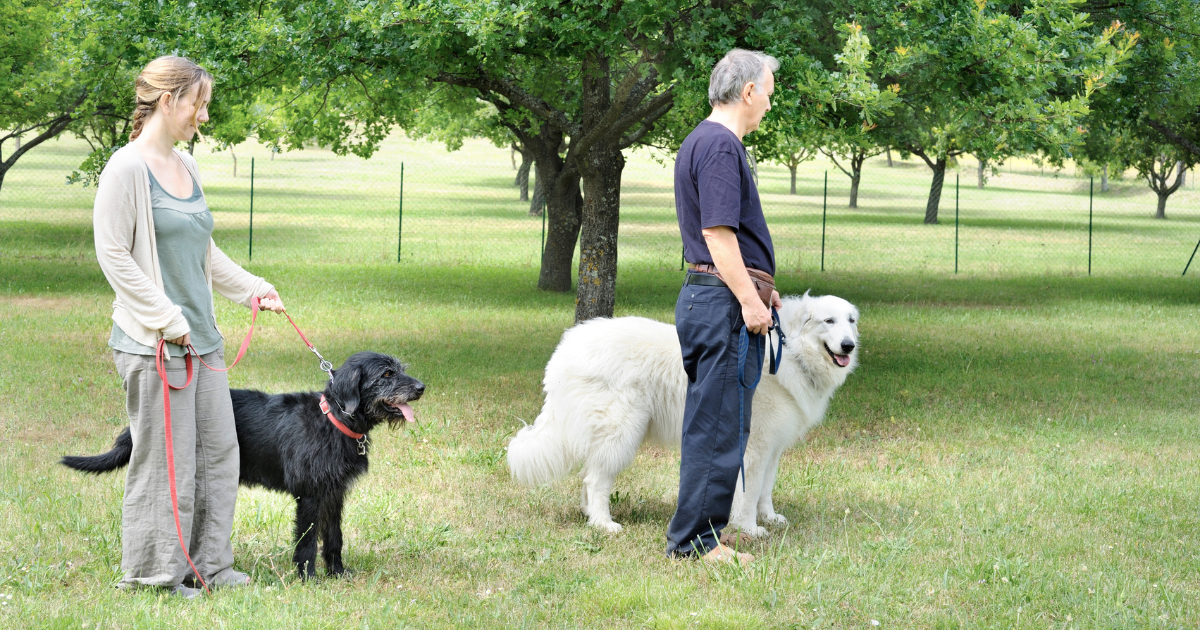
As a dog behavior consultant, I have seen firsthand the importance of socialization training for our furry friends. Socialization involves exposing your dog to various situations and people to help them become comfortable and confident in new environments.
It can also prevent bad behaviors from developing as dogs learn how to interact with other animals and humans. Animal control agencies may require proof of socialization before licensing certain breeds or if there has been an incident involving biting or aggressive behavior.
Additionally, veterinary behaviorists often recommend socialization as part of a comprehensive treatment plan for anxiety, fearfulness, or aggression. Socializing your dog is not just about preventing negative behaviors but also providing mental stimulation that satisfies their natural instincts.
This is especially important for herding breeds who need plenty of exercise and mental challenges to stay happy and healthy. By introducing your pup to different experiences and encouraging positive interactions, you are helping them develop into well-rounded canine citizens that will thrive in any situation!
Dealing With Biting Incidents
I understand that it can be frustrating when your furry friend exhibits biting behavior, so let’s discuss how we can identify potential triggers and establish boundaries.
By learning more about what is causing the biting, we can create a plan to modify their behavior.
We’ll look at both the environment and the dog’s behavior to identify triggers, and then establish boundaries to help them understand what is and isn’t acceptable.
Let’s get started!
Identifying Triggers
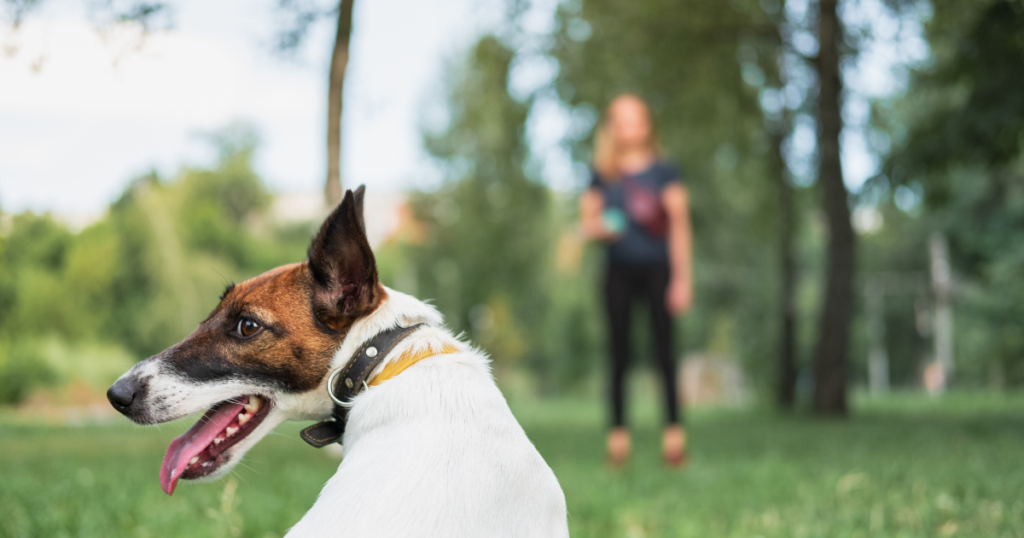
Hey there! Are you tired of dealing with your dog’s biting incidents? As a dog behavior consultant, I understand how frustrating it can be. But don’t worry, identifying triggers is the first step towards stopping your furry friend from biting.
One common reason for puppy bites is teething. Just like babies, puppies go through a painful process when their adult teeth are coming in. They may resort to chewing on anything they can get their paws on, including your hands and feet.
Another trigger could be playing rough games such as tug-of-war or chasing, which can encourage aggressive behaviors that lead to biting.
Adult dogs may also bite due to territorial or possessive aggression. This occurs when they feel threatened by someone trying to take away something they consider valuable, like food or toys. It’s important to teach them proper boundaries from a young age so they learn to share and don’t become overly protective.
In conclusion, understanding why your dog is biting is crucial in preventing future incidents. Don’t hesitate to seek help from professional behaviorists if needed; they can provide tailored advice based on breed and individual needs. By addressing triggers early on and implementing positive training techniques, you’ll have a well-behaved pup in no time!
Establishing Boundaries
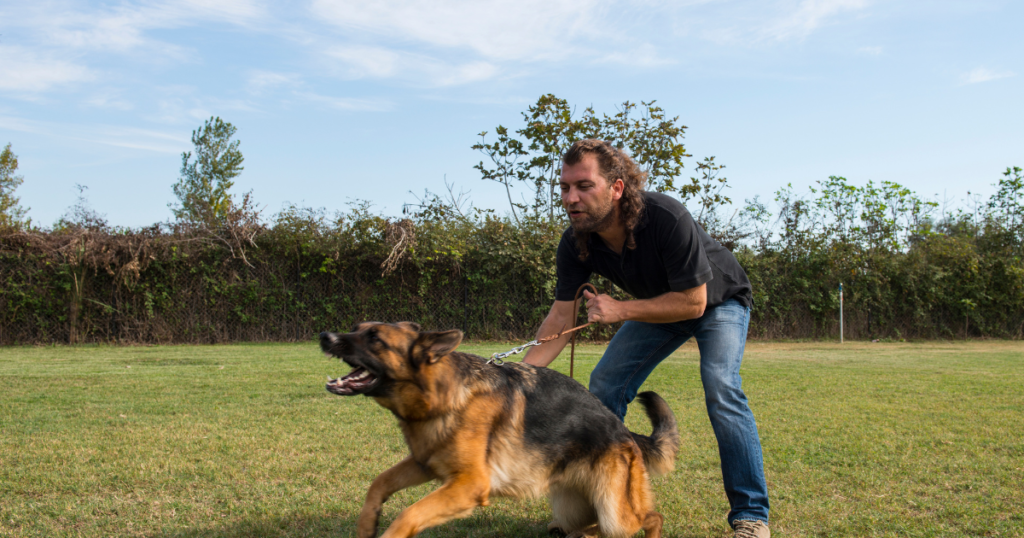
As a dog behavior consultant, I understand that dealing with biting incidents can be frustrating for pet parents. There are a variety of reasons why dogs bite, and it’s important to identify the triggers in order to prevent future incidents.
In my previous subtopic, we discussed some common reasons for puppy bites such as teething and playing rough games. However, adult dogs may also bite due to territorial or possessive aggression.
One effective way to address this issue is by establishing boundaries early on. It’s crucial for pet parents to teach their furry friends what behaviors are acceptable and what aren’t. This can be done through verbal commands and positive reinforcement training techniques.
For instance, if your pup tries to take away his/her toy while you’re playing together, gently but firmly tell them ‘no’ and redirect their attention elsewhere. Consistency is key when setting these boundaries; make sure everyone in your household follows the same rules.
If you’re unsure about how to establish proper boundaries with your dog, don’t hesitate to seek help from professional behaviorists. They can provide tailored advice based on breed and individual needs.
Remember, preventing biting incidents starts with being proactive and taking action before they happen. By working together with your furry friend using positive training methods, you’ll create a strong bond built on mutual respect and trust – resulting in a well-behaved dog who understands what behavior is expected of them without resorting to biting or aggressive actions.
Frequently Asked Questions
Can Neutering Or Spaying A Dog Reduce Biting Behavior?
As a dog behavior consultant, I often get asked if neutering or spaying can reduce biting behavior in dogs.
Well, it’s like asking if wearing sunglasses will prevent sunburn; while it may help to some extent, there are other factors at play too.
Neutering and spaying your furry friend is undoubtedly essential for their overall health and well-being, but it won’t be a magic fix to stop them from biting.
As an expert in this field, I always recommend pet owners focus on positive reinforcement training techniques and addressing the root cause of aggression rather than relying solely on surgical interventions.
Remember, every dog is unique and deserves personalized attention and care when dealing with any behavioral issues.
How Do I Socialize My Dog Properly To Prevent Biting Behavior?
To prevent biting behavior in your dog, socialization is key. As a dog behavior consultant, I recommend starting early and exposing your furry friend to as many different people, animals, and environments as possible.
This will help them learn appropriate behaviors and build confidence in new situations. When introducing your pup to new experiences, make sure to watch their body language closely and provide positive reinforcement for good behavior.
Remember that every dog is unique and some may need more time or patience than others. By properly socializing your dog, you can create a happy and well-behaved companion who loves interacting with people and other animals.
Is It Ever Appropriate To Physically Punish A Dog For Biting?
As a dog behavior consultant, I often receive questions about whether it’s appropriate to physically punish a dog for biting. Let me be clear: physical punishment is never the answer when it comes to correcting a dog’s behavior.
Not only does it harm the bond between you and your furry friend, but it can also escalate aggression in some cases. Instead, focus on positive reinforcement techniques, such as rewarding good behavior and redirecting negative behaviors with toys or treats.
Remember that dogs respond best to patience, consistency, and kindness – so let’s work together to create a safe and happy environment for both you and your pup!
Can Certain Breeds Of Dogs Be More Prone To Biting Than Others?
As a dog behavior consultant, I often get asked whether certain breeds of dogs are more prone to biting than others.
And the truth is, while breed can be a factor in temperament and behaviors, it’s not always an indicator of aggression or biting tendencies.
It’s important to remember that every dog is unique and individual factors such as upbringing, socialization, and past experiences all play a role in their behavior.
So instead of focusing on breed stereotypes, let’s focus on providing proper training, socialization, and positive reinforcement to prevent any unwanted biting behavior from occurring.
How Can I Tell If My Dog’s Biting Behavior Is Due To Aggression Or Fear/Anxiety?
Did you know that 90% of dog bites are a result of fear or anxiety?
As a dog behavior consultant, I often see biting behaviors in dogs that stem from these underlying emotions rather than aggression.
It’s important to understand the root cause of your dog’s biting behavior so that you can address it appropriately and help them feel more comfortable in their environment.
Signs of fear or anxiety-related biting may include cowering, growling, or backing away before biting.
If you’re concerned about your dog’s biting behavior, seek guidance from a professional trainer or behaviorist who can create a customized plan for managing and modifying the behavior.
Remember, serving our furry companions means understanding their needs and providing the proper care they require.
Conclusion
As a dog behavior consultant, I have seen many cases of biting behavior and know that it can be frustrating and scary for both the owner and the dog. However, with patience and proper training techniques, biting behavior can be reduced or even eliminated.
Firstly, neutering or spaying your dog may help reduce aggression towards other dogs and people, but it is not a guaranteed solution to biting behavior.
Socialization is also key in preventing biting behavior by exposing your pup to different environments, people, and animals from an early age.
Positive reinforcement training is essential when teaching your furry friend appropriate behaviors and how to interact properly with others.
Physical punishment should never be used as a way to stop biting behavior. This will only make things worse and damage the trust between you and your beloved pet.
Different breeds of dogs may have tendencies towards certain behaviors including biting due to their genetics, so it’s important to do research on the specific breed before bringing them into your home.
Lastly, if you notice any signs of fear or anxiety in your dog during interactions with others such as cowering or shaking, consult with a professional who can provide further guidance on reducing these feelings in order to prevent aggressive reactions.
In conclusion, stopping biting behavior takes time and effort through socialization, positive reinforcement training techniques combined with patience – this combination will lead to success in creating harmonious relationships between dogs and humans alike!
